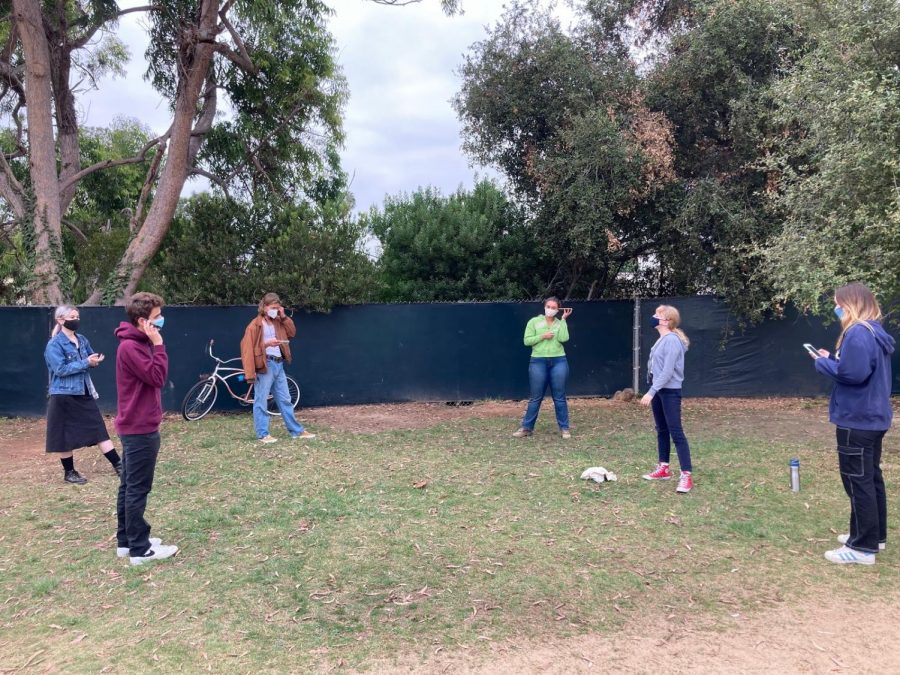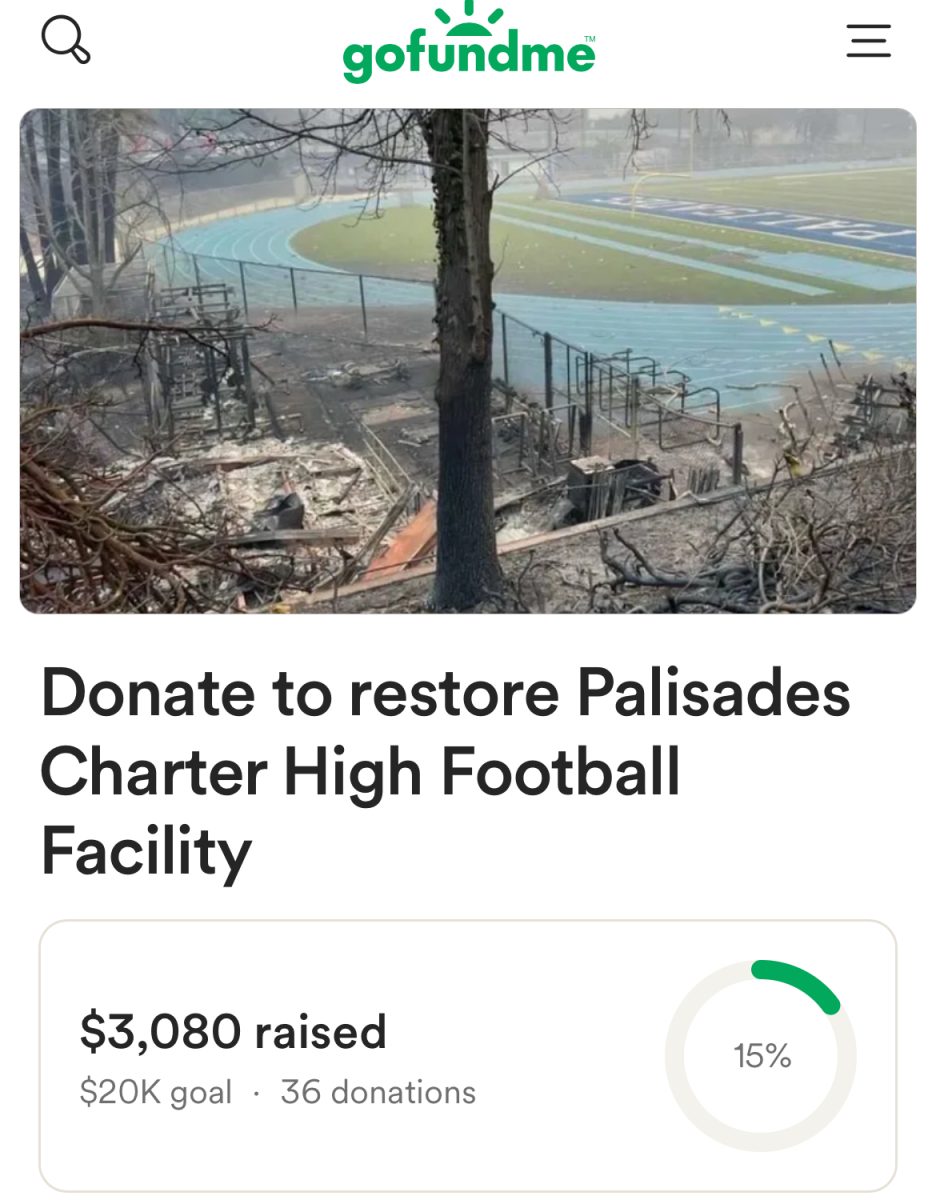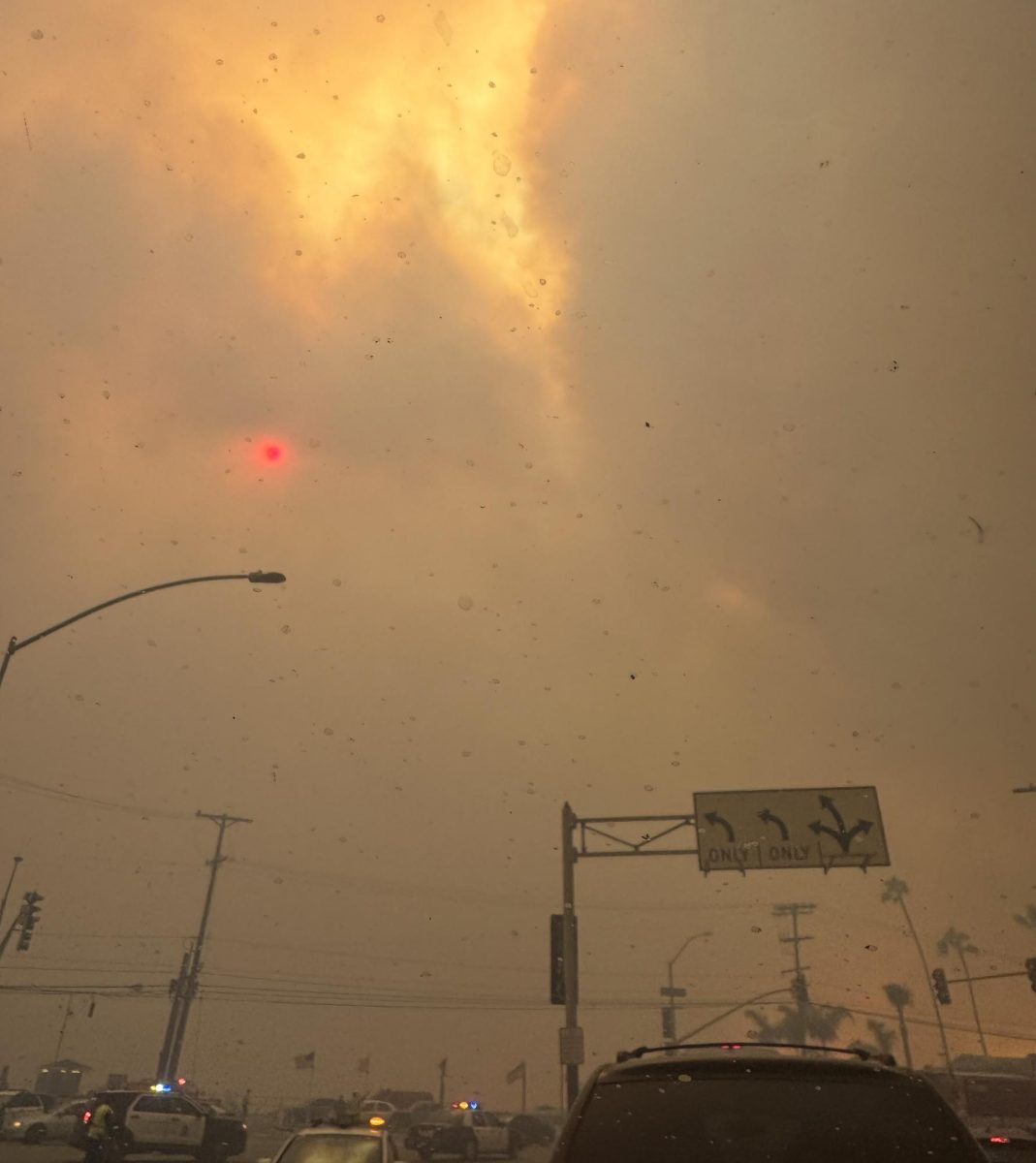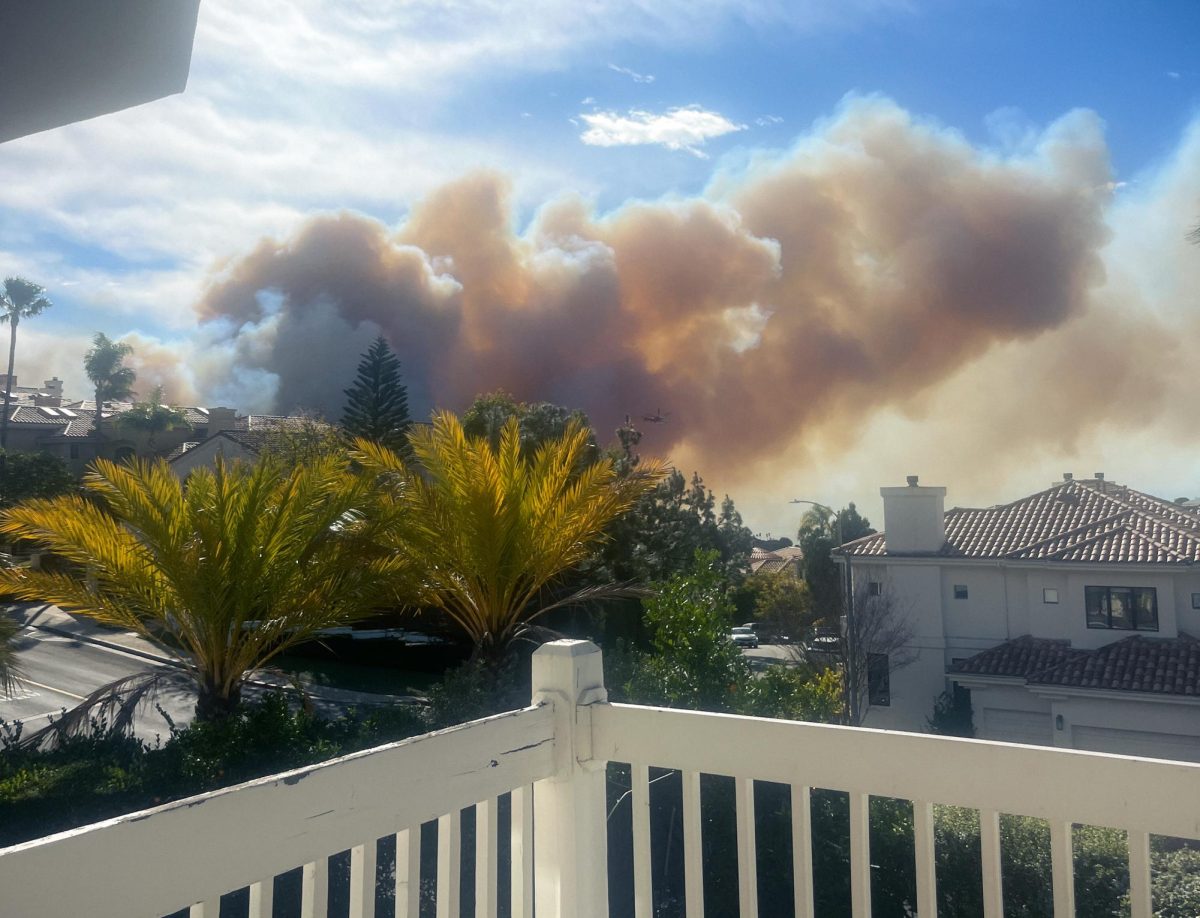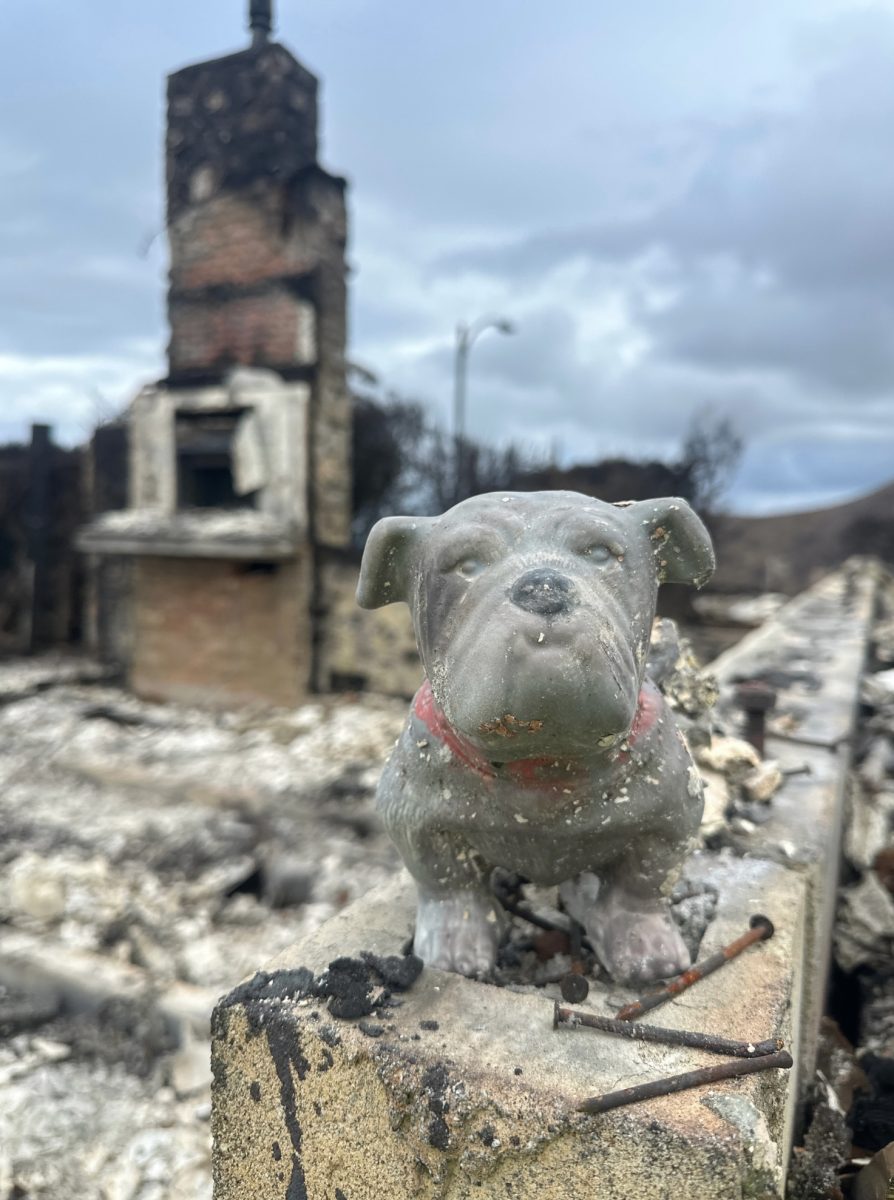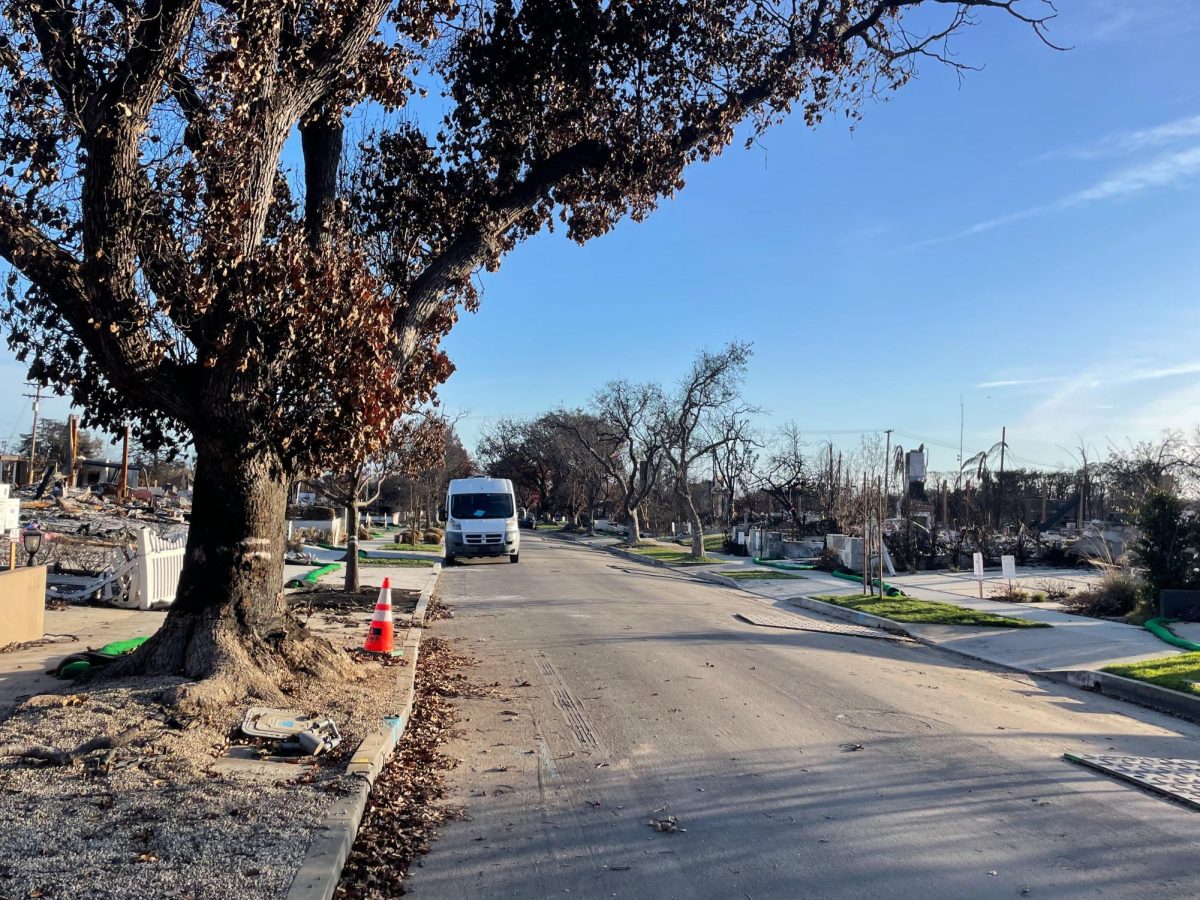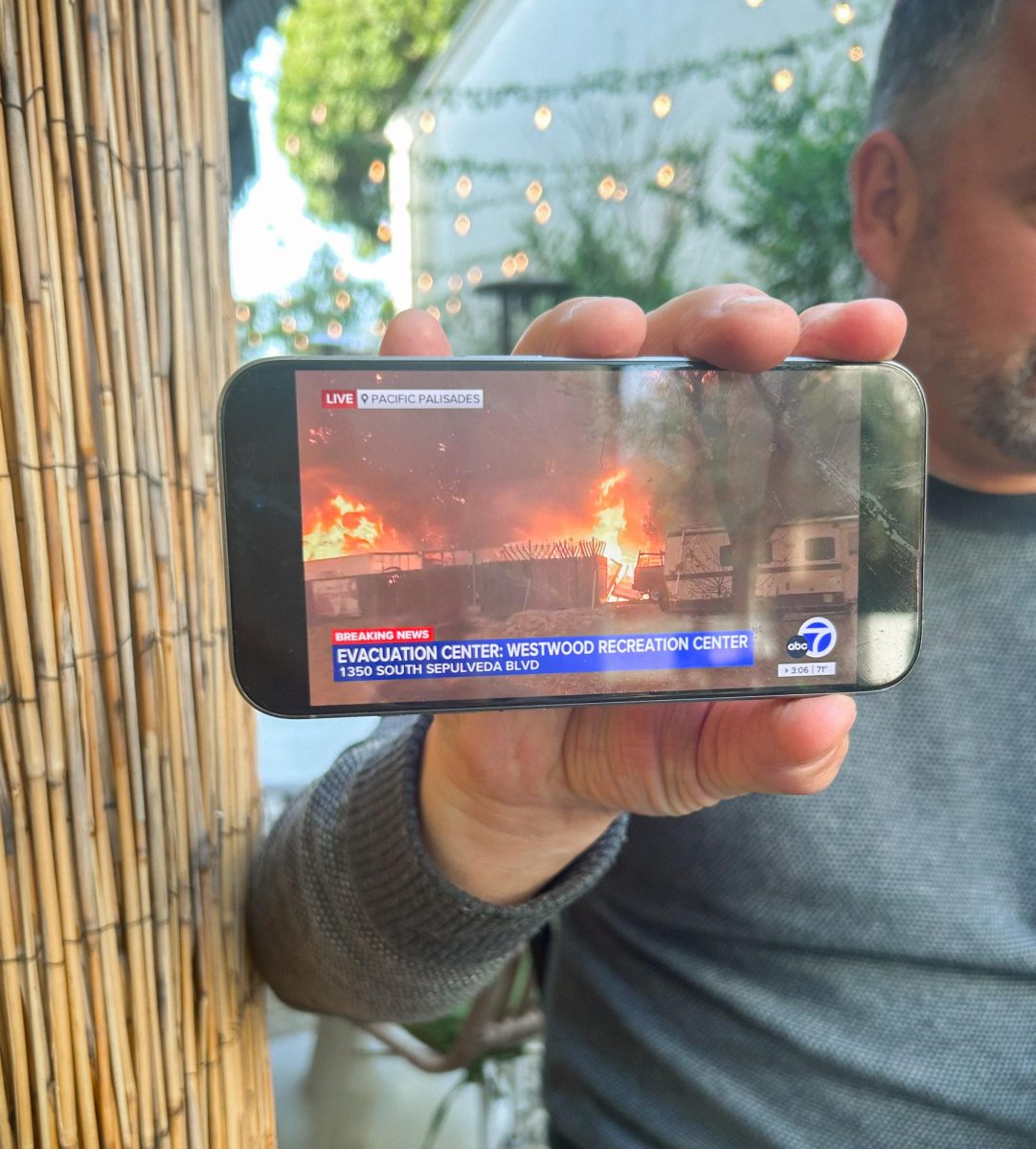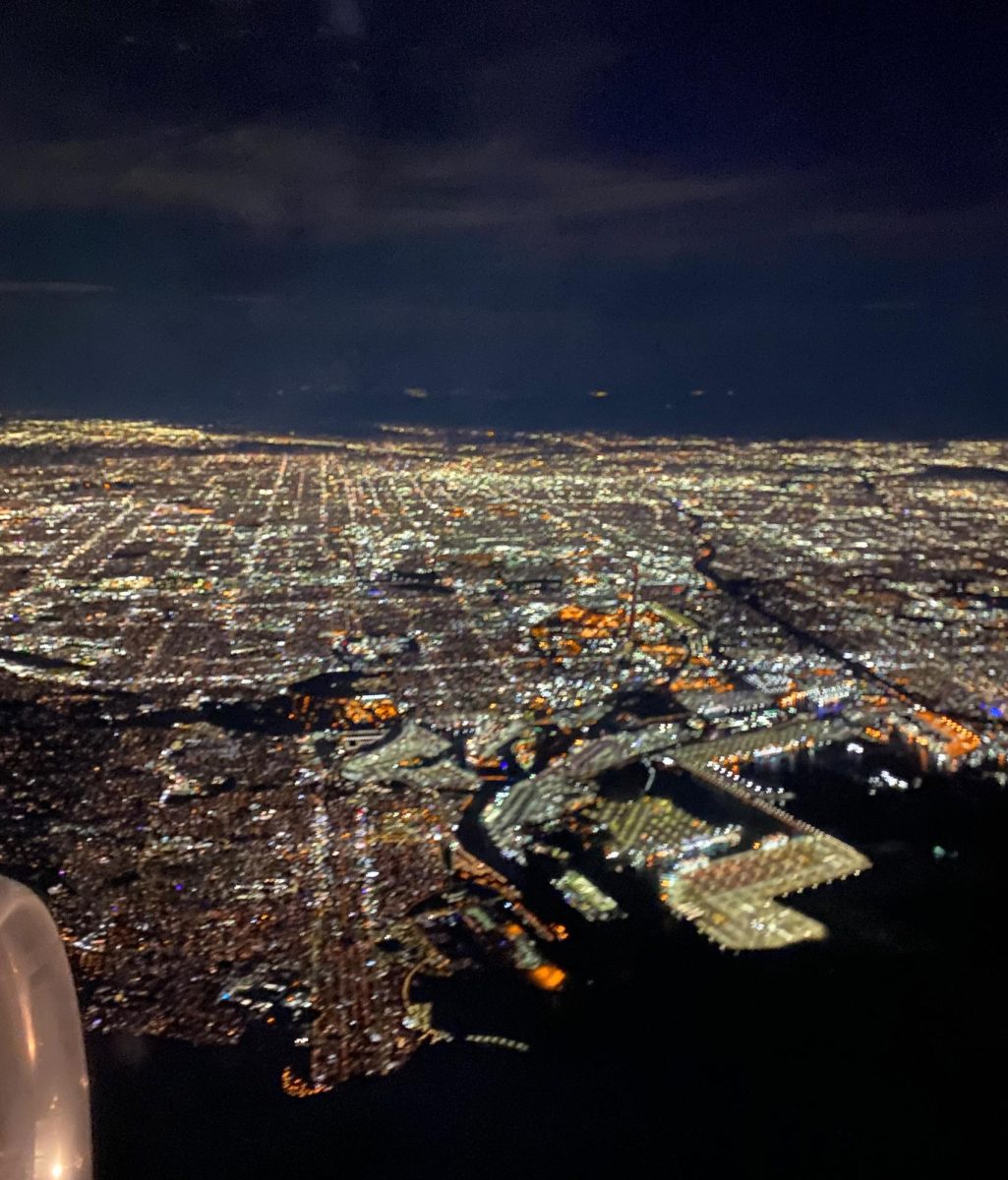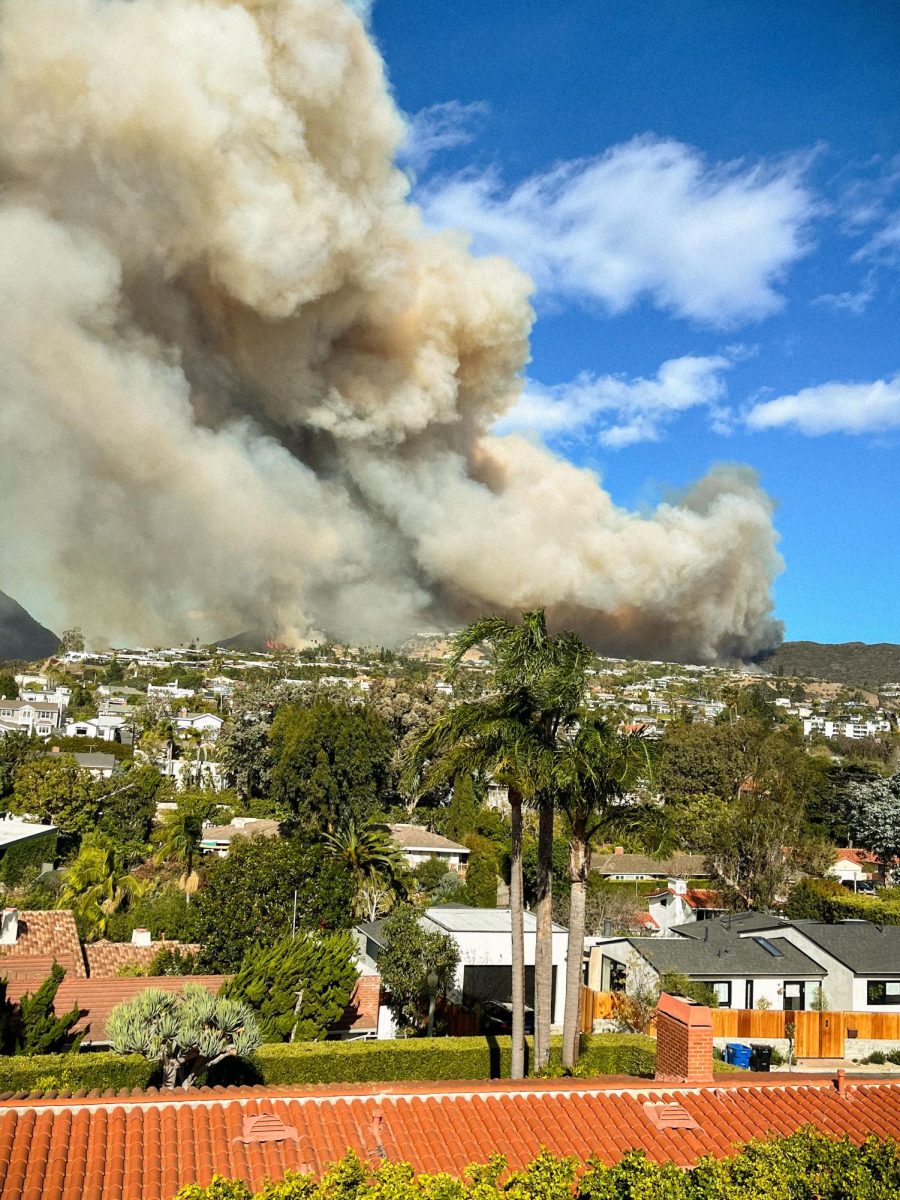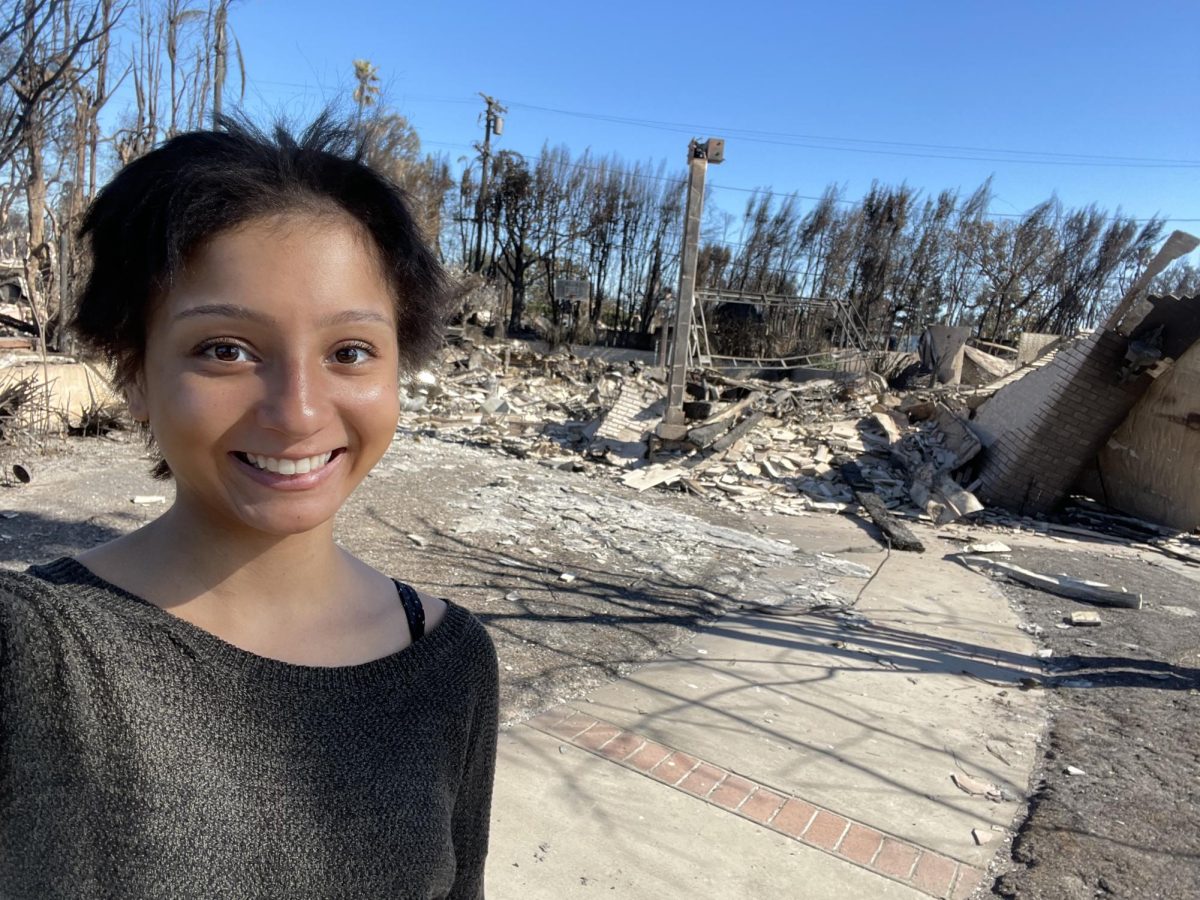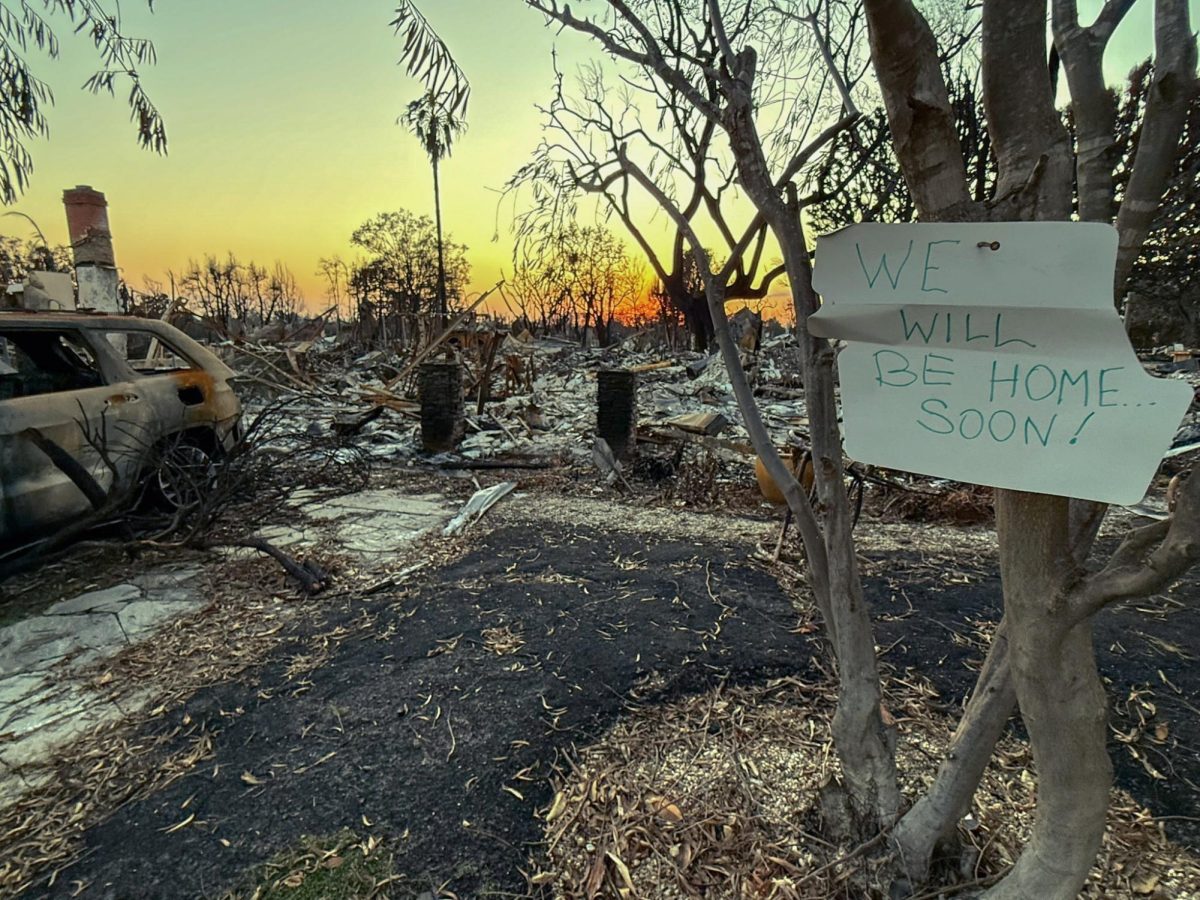Performing Arts Classes Adjust as COVID-19 Strikes
AcaPali Meeting In The Park: Members from left to right – Erika Gedgaudas, Jack Essner, Will Merchant, Morguinn Korbonski, Lola Stockard, Oona Fitzmaurice Photo Taken By Jessica Jacobs
November 20, 2020
The coronavirus pandemic has created major obstacles for schools nationwide, as students and teachers alike struggle to adapt to online learning. While some classes lend themselves well to a virtual format, performing arts classes in particular have had to change significantly in order to acclimate to the new learning environment.
While an audience doesn’t lose much from watching a performance from afar, the act of creating such a performance in Zoom breakout rooms challenges even the most imaginative actors, dancers, singers and teachers.
There is no way to recreate the experience of gathering at the piano in the choir room and harmonizing with classmates or dancing with friends in Mercer Hall. But with options like those off the table, performing arts teachers are finding innovative solutions to be both productive and safe.
The choir classes are among those that needed to adjust significantly to an online learning platform. The energy of a choir is hard to replicate on Zoom, as students are unable to sing together without significant audio issues. Newly-hired choir teacher Michael Turnblom’s solution to this problem was to instruct students to record themselves individually, so he can later compile the separate videos into one master track.
“Virtual choir is not new,” Turnblom says. “There were some prominent people in the choral music [industry] that had kind of experimented with virtual choirs where people send in tracks.” While time-consuming and difficult to manage, Turnblom says that this process will help his students understand the recording process for future endeavors in the music industry.
Diya Prakash, a student in Turnblom’s AM choir and concert choir classes, is struggling to grapple with the new learning environment. She says that “Zoom lag is just not easy, and audios get cut off so then everyone is kind of doing something different.” Prakash also notes that it’s a challenge for students to learn the music because class time is minimal and individual instruction is unfeasible.
Jessica Jacobs, a member of concert choir and Pali’s acapella group, AcaPali, says that the safety procedures for respective performing arts classes differ from one another. In contrast to her virtual concert choir class, AcaPali meets weekly at the Palisades Recreation Center for masked, socially distanced rehearsals.
Chamber orchestra violinist Layla Adeli says that while the class occasionally meets on Zoom, students primarily meet virtually or socially distant in their small chamber groups outside of school. She explains that students must practice and record their songs in these groups so that they have a collection of pieces to present at the end of the semester. Like choir, the students record tracks that are compiled into a video used for remote performances. Adeli records using the voice memos app on her phone, and her recording studio is simply her room.
Sisters Cheri and Monique Smith, who teach dance and theatre, explain that “the performing arts classes are continuing to explore choreography, design, theatre production, and performance technique, but with the added twist of learning how to present that material via different digital formats.”
Currently, production students in the Smith sisters’ theatre ensemble are focusing on the Drama Teachers’ Association of California (DTASC) Festival, an annual event where students perform their self-directed scenes for prizes in acting and technical theatre categories. To prepare for this year’s virtual competition, students are rehearsing through Zoom. The Smith sisters admit that “there is nothing that can replace the typical ‘Play Production’ experience of… calling cues over the communication devices, building sets, [and] pulling and making props,” but they maintain that the digital programs are an appropriate alternative.
The DTASC tech team is also collaborating online and learning to use new digital programs, though the Smith sisters say they are not allowed to create “3-D scaled set models until the Festival is able to be an ‘in person’ event again.”
The Smith sisters express that they “miss being able to be in the same room with [their] students” but understand the severity of the situation. Crazy times call for crazy solutions, and Pali teachers are doing their best to create the best learning environment for their students.


